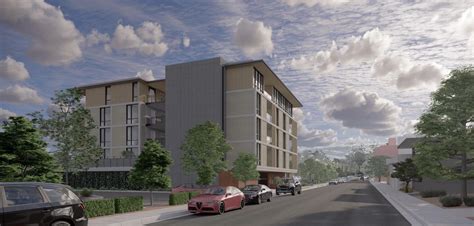With the heated debate on urban development in Palo Alto sparking diverse opinions, it’s crucial to dissect the notion of NIMBYism and its implications. The comments from various users shed light on the multifaceted concerns surrounding the transformation of this prestigious Silicon Valley city. At the core of the discourse lies the clash between preserving the charm of existing neighborhoods and the necessity for increased housing density to address the growing demand for accommodation.
The dialogue initiated by the comments underscores a fundamental argument regarding the motivation behind NIMBYism. While some perceive it as a shield to protect property values, others view it as a resistance to change anchored in the fear of losing community character. The discussions vividly portray the intricate balance between urban evolution and preserving the essence of a locality, emphasizing the intricate tapestry of urban planning and community sentiment.
One of the recurring themes in the comments is the intricate relationship between housing density and quality of life. The proposition of intensifying development to accommodate more residents often sparks concerns about infrastructure strain, traffic congestion, and a potential shift in the neighborhood’s ambiance. The conversation navigates through the delicate balance required to blend modernization with heritage, showcasing the intricate dance between progress and preservation.
The reflections on the dynamics of property value in relation to housing density reveal a nuanced perspective on real estate economics. The deliberate actions to uphold low-density landscapes in exclusive neighborhoods like Palo Alto resonate with the broader discussions on wealth, exclusivity, and the evolving landscape of urban centers. The comments offer a glimpse into the strategic considerations that underpin individual decisions in a collective urban context.
As the debate unfolds, the discourse expands to encompass broader urban planning principles and societal values. From the relevance of public transportation networks to the concept of shared communal spaces, the commentary thread delves into the holistic vision of city development. The integration of diverse voices and contrasting viewpoints propels the narrative beyond a mere discussion of housing policies, delving into the intricate fabric of community identity and civic responsibility.
In essence, the discourse surrounding urban development in Palo Alto transcends the confines of a single city, echoing the global challenges of balancing progress with preservation. It serves as a microcosm of the perennial debates in urban planning, urging stakeholders to consider the long-term implications of their decisions. By embracing the complexity of community aspirations, economic realities, and environmental sustainability, cities can pave the way for a harmonious coexistence between tradition and innovation.


Leave a Reply